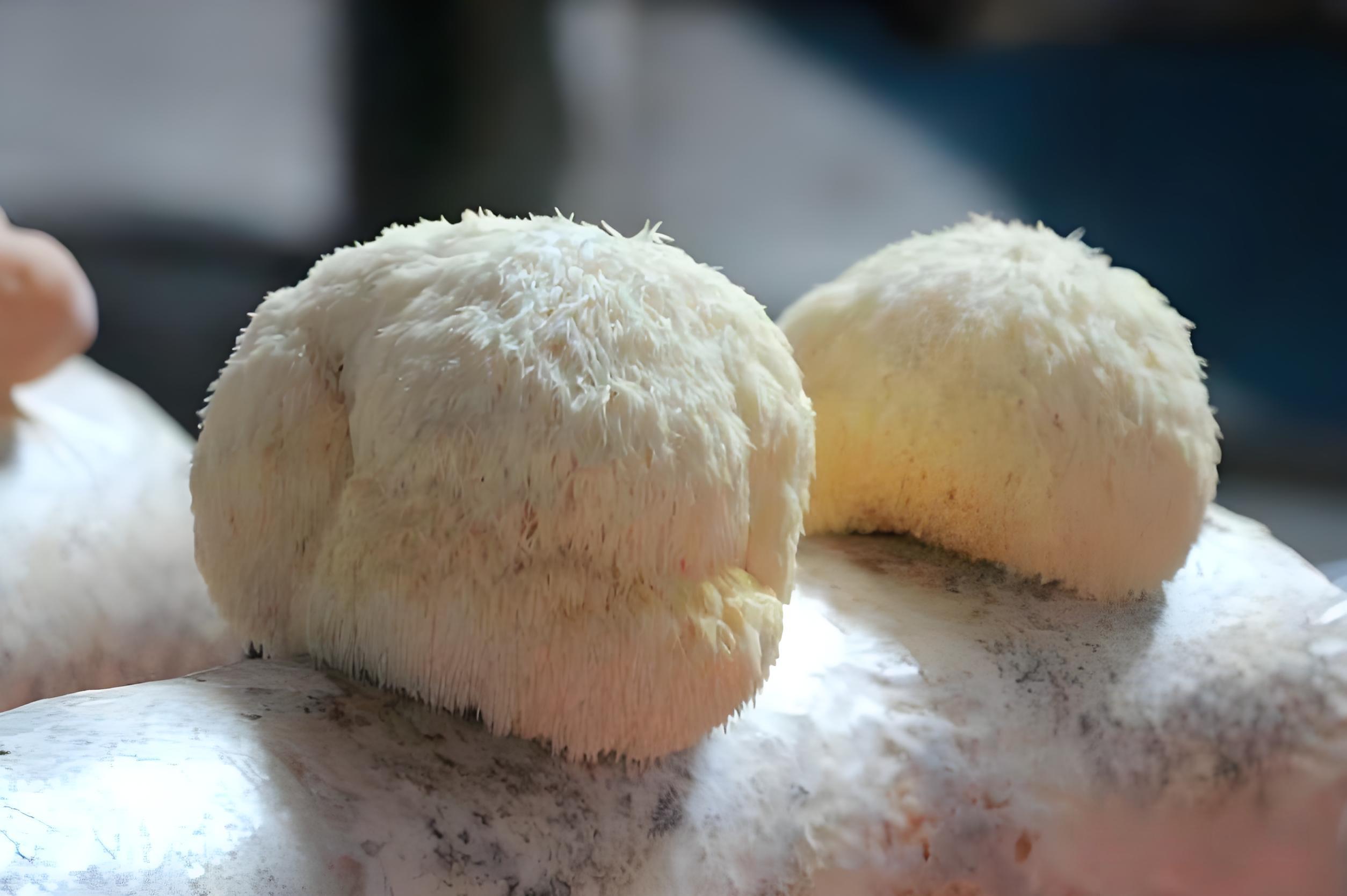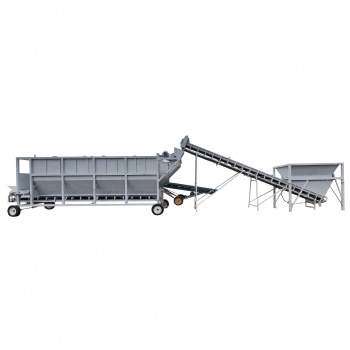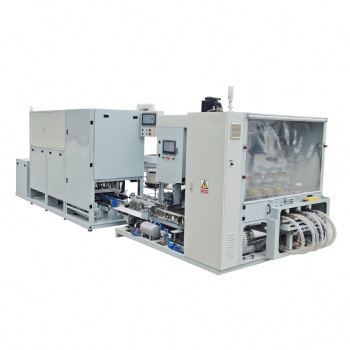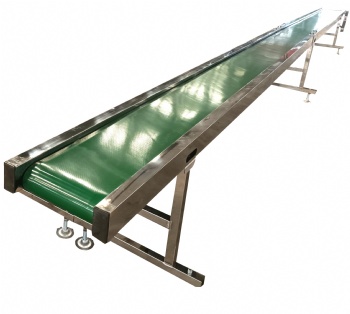News
Hericium erinaceus growth: required nutritional conditions

Hericium erinaceus is a saprophytic fungus that can only use ready-made organic matter. It relies on different
enzyme systems secreted by mycelium to decompose cellulose and organic nitrogen in the culture medium,
and convert high-molecular substances into small-molecule sugars, usable proteins, peptides, and amino acids,
so as to absorb them. The nutritional conditions required for the growth and development of Hericium erinaceus
mainly include carbon sources, nitrogen sources, inorganic salts and vitamins, etc.
1. Carbon source
All nutrients that can constitute the carbon source in cells and metabolites are called carbon sources. Its main
function is to constitute cell substances and provide the energy required for the growth and development of
Hericium erinaceus. It is one of the important nutritional sources of Hericium erinaceus. Sawdust from species
such as Quercus acutissima, Quercus variabilis, Quercus glauca, Fagus sylvatica, Quercus mongolica, Muscovy,
Persimmon, Oak and Walnut, which are suitable for the growth of Hericium erinaceus, is an economical and
excellent carbon source for artificial cultivation of Hericium erinaceus. At present, the carbon sources of Hericium
erinaceus include cottonseed hulls, sugarcane bagasse, distiller's grains, corn cobs, sorghum hulls, cotton stalks,
wheat straw, pine wood shavings, etc.
2. Nitrogen source
The nutrient that provides nitrogen source is called nitrogen source. Nitrogen is also one of the important nutrients
of Hericium erinaceus, and it is also the main raw material required for Hericium erinaceus to synthesize protein,
nucleic acid and some vitamins. The best nitrogen sources in production are rice bran and wheat bran. The amount
of nitrogen source in the culture medium has a great influence on the growth of Hericium erinaceus mycelium and
the development of fruiting bodies. The concentration of nitrogen source suitable for fruiting body formation is
lower than that suitable for mycelium growth. The carbon to nitrogen ratio (C/N) of Hericium erinaceus in the mycelium
growth stage is preferably 20:1, and the nitrogen to carbon ratio in the fruiting body development stage is preferably (30~40):1.
3. Inorganic salts
Inorganic salts are essential nutrients for the growth and development of Hericium erinaceus. Their main functions are
to constitute cell components, to maintain static activity as a component of enzymes, and to regulate the cold osmotic
pressure of cells. Although the required amount is very small, if they are consumed in small quantities, the growth and
development of Hericium erinaceus will be hindered, affecting the growth of mycelium and the yield of Hericium erinaceus.
According to the amount required for growth and development, inorganic salts can be divided into two categories:
common elements and trace elements. Common elements include phosphorus, calcium, potassium, magnesium, sulfur,
etc., which are also extremely important. In addition, there are some inorganic elements that are required in very small
amounts for the growth and development of Hericium erinaceus mycelium, so they are called trace elements, such as iron,
cobalt, manganese, zinc, molybdenum and other elements. Their suitable concentration in the culture medium is generally
around 1*10-3 mg/L. Generally speaking, the above common elements have a certain content in the culture medium,
which can basically meet the needs of the growth and development of Hericium erinaceus, but sometimes calcium,
phosphorus, potassium, magnesium and other elements should be appropriately added according to the different
culture medium to promote the growth and development of Hericium erinaceus mycelium. As for trace elements,
they are already contained in sufficient amounts in natural culture media and ordinary water. Except for the preparation
of culture medium with distilled water, they are generally not necessary to add. Commonly used inorganic salts include
potassium dihydrogen phosphate, dipotassium hydrogen phosphate, calcium sulfate, calcium carbonate and magnesium
sulfate. Hericium erinaceus mycelium can obtain inorganic elements such as phosphorus, potassium, calcium, magnesium
and sulfur from these inorganic salts.
4. Vitamins
Vitamins are a type of special organic nutrients that are essential for the growth and development of Hericium erinaceus
and are required in very small quantities. Vitamins are neither structural substances of cells nor energy sources. They
mainly participate in the metabolism of organisms as coenzymes. The vitamins required for the growth and development
of Hericium erinaceus are mainly vitamin B1, vitamin B2 and vitamin B6. Among them, vitamin B1 (thiamine) is very
important. If it is missing in the culture medium, the mycelium will grow slowly and inhibit the development of fruiting
bodies. When it is severely lacking, the growth will stop completely. Its concentration in the culture medium is generally
0.01~0.1 mg/L, which is sufficient.
Vitamins are present in high concentrations in raw materials such as potatoes, malt extract, yeast extract, rice bran and
wheat bran. Therefore, no additional vitamins are needed when preparing culture media with these materials. However,
it should be noted that most of these vitamins are not resistant to high temperatures and are easily destroyed at temperatures
above 120°C. Therefore, the temperature should be appropriately lowered when sterilizing the culture medium.
Categories
Contact Us
- +86 15093267083
- +86 15093267083
- amy@zzbelead.com
- +8615093267083




